News
Hemp terpenes: uses and benefits
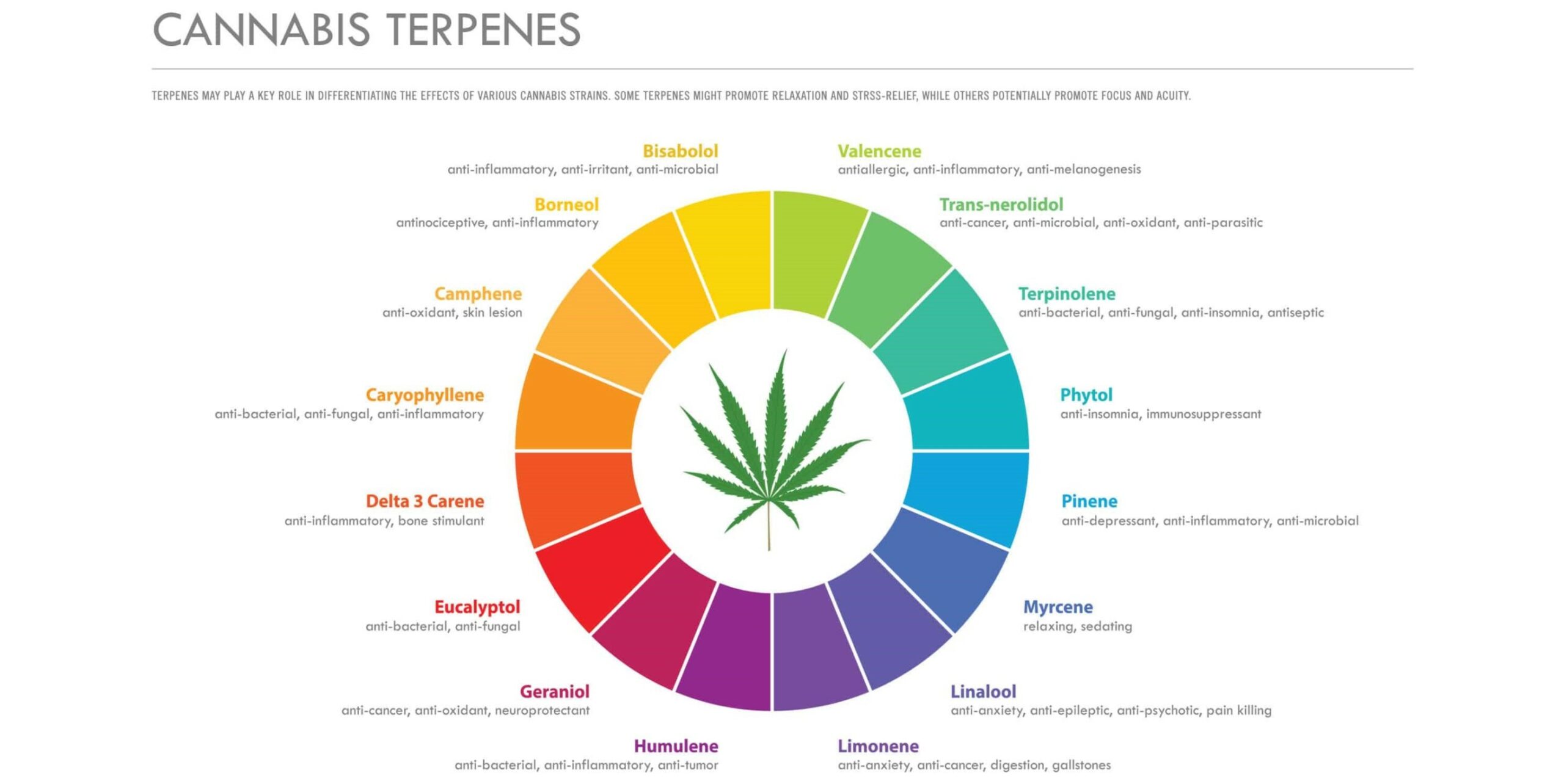
What is a terpene?
The terpenes are molecules naturally present in many plants and responsible, among other things, for their aromas, odors and flavors. They also act as insect repellents and attractants for certain pollinators. Terpenes also play a role in the plant's coloration process, enabling it to adapt to its environment and facilitate survival and reproduction.
They are also found in hormones and pheromones pheromones which act as a means of communication in certain plant and animal species. Commercially, they are found in essential oils, food products, cosmetics and household products. The carotenefor example, is a terpene similar to the pigment in vitamin A and responsible for the color orange. Certain animal species, such as the Caribbean flamingo, derive the color of their plumage from carotene, which is very present in their diet. Rest assured, consuming CBD will not change your color...
In hemp, terpenes are produced by the same gland responsible for secreting THCa and CBDa (the state of THC and CBD before decarboxylation). They are at the origin of the aromatic panels of the different existing varieties. Some cannabis enthusiasts like to compare terpenes to a musical note harmonizing a plant's aromatic melody. Interestingly, cannabis is a plant with a wide range of terpenes, making it available in many different strains and hybridizations. So every CBD variety has its own "music" for you to discover.
What are the different terpenes in hemp?
To date, there are around 120 different terpenes, which we can't list here. We present here the six terpenes most commonly found in cannabis, to show you the wealth of possible combinations depending on the species cultivated.
Limonene
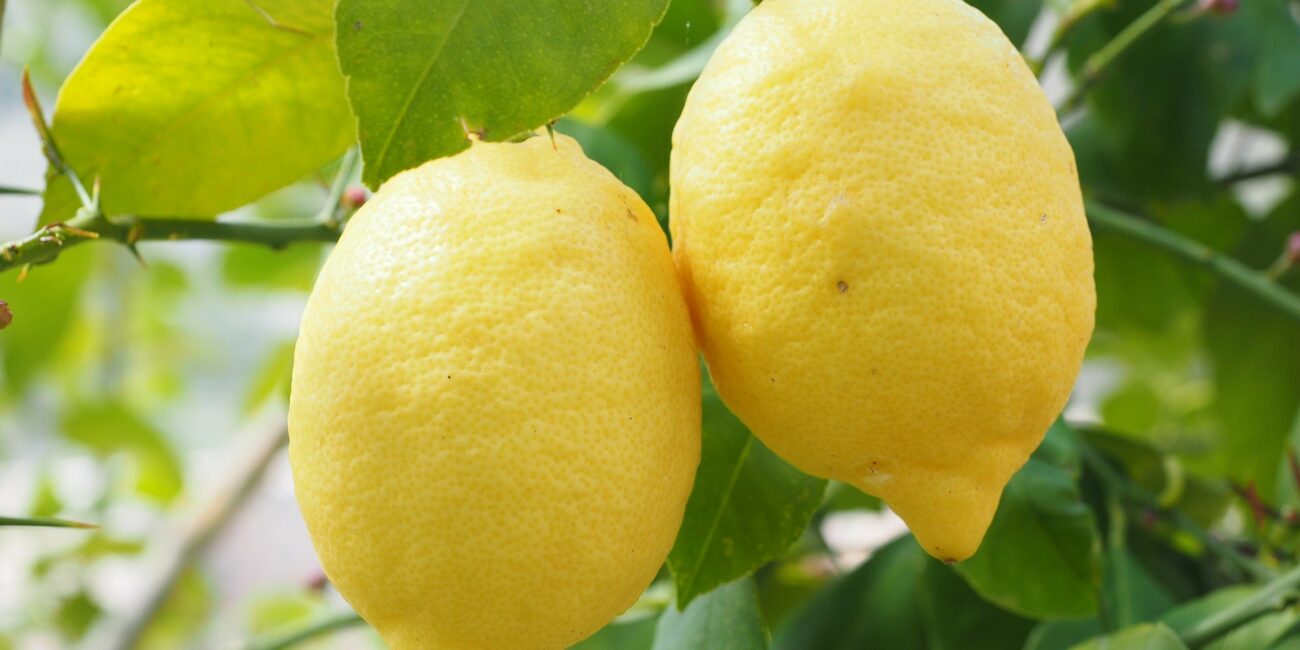
Dominant terpene in the Orange Bud or Lemon Ice. Limonene, as its name suggests, has a lemony fragrance, more or less pronounced, similar to the acidity characteristic of citrus fruits, in which it is present in large quantities, but also in certain herbs such as rosemary or peppermint.
Virtues: According to some studies, it promotes wound healing and anabolism, and has anti-depressant, anti-inflammatory, anti oxidant and anti-spasmodic properties, as well as being effective against viral infections.
Le Myrcène

Very present in the Cannatonic, the Purple or even Mango Hazeit is also found in hops. Its aromas offer an earthy taste, sometimes with spicy notes reminiscent of cloves. It is the terpene most present in cannabis.
Virtues: antibacterial, anti-inflammatory, analgesic and anti-tumor. In addition to these benefits, myrcenes help the body to better assimilate cannabinoids, particularly CBD.
Le Pinène
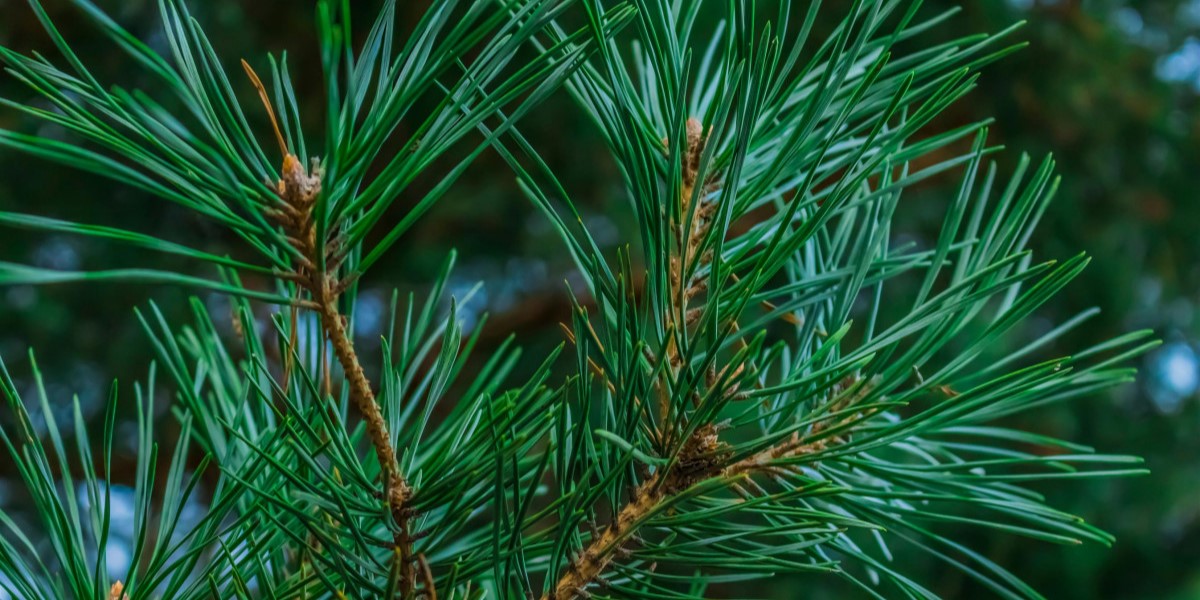
Easily identified by its name, pinene is the dominant terpene in all conifers (pine, fir, etc.). You know, that alluring scent that catches your nostrils on a walk through the forest. It can also be found in spices like sage and rosemary. If you like these aromas, then our Neville's Haze is sure to please!
Virtues: Its therapeutic properties have a very broad spectrum, particularly in relation to pulmonary infections and the treatment of asthma. It is a perfect anti-inflammatory, antiseptic, antibacterial, expectorant, bronchodilator and anticancer agent.
Linalool
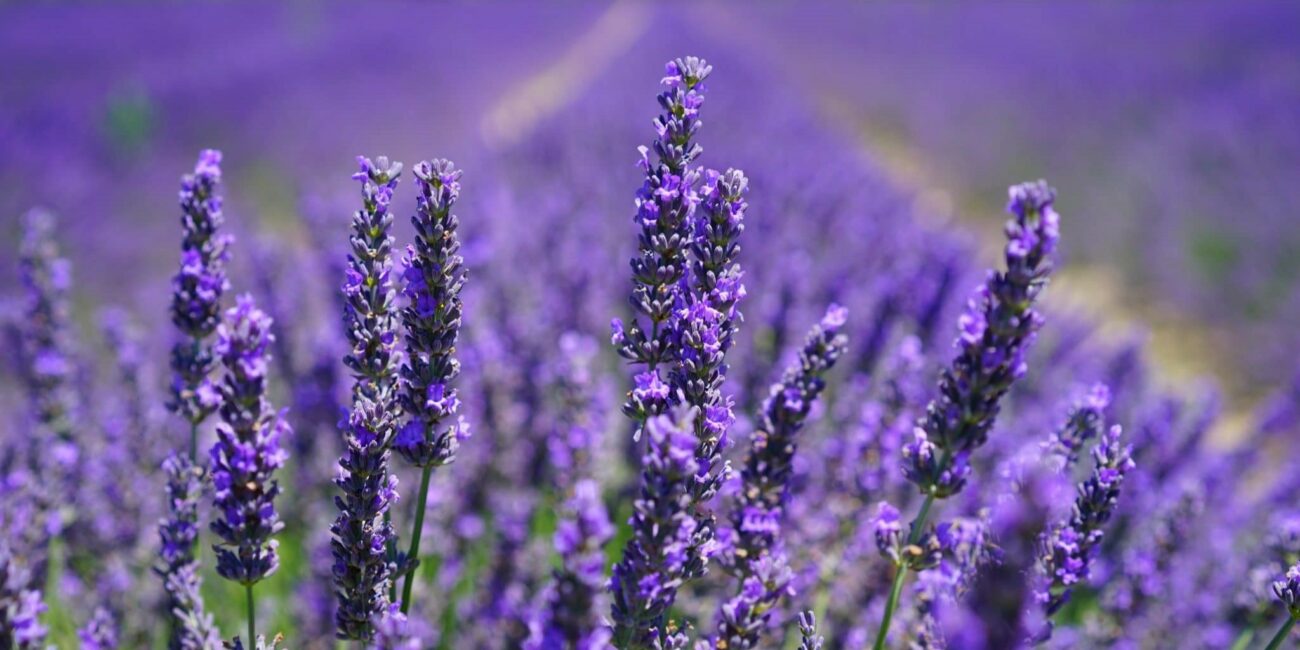
Very floral, linalool is responsible for the fragrance of lavender, and is also present in bay leaf and mint. Highly appreciated for centuries in household products (soaps, detergents...), its Provençal flavor remains inimitable and much sought-after for creating numerous associations. It is found in significant quantities in Bubble Gum.
Virtues: Used since time immemorial for its benefits, linalool is said to have a multitude of therapeutic effects, focusing on sleep and relaxation, while also boosting the user's immune system. Several studies suggest that linalool could be used in cognitive disorders such as Alzheimer's to combat degeneration of brain cells.
Humulene
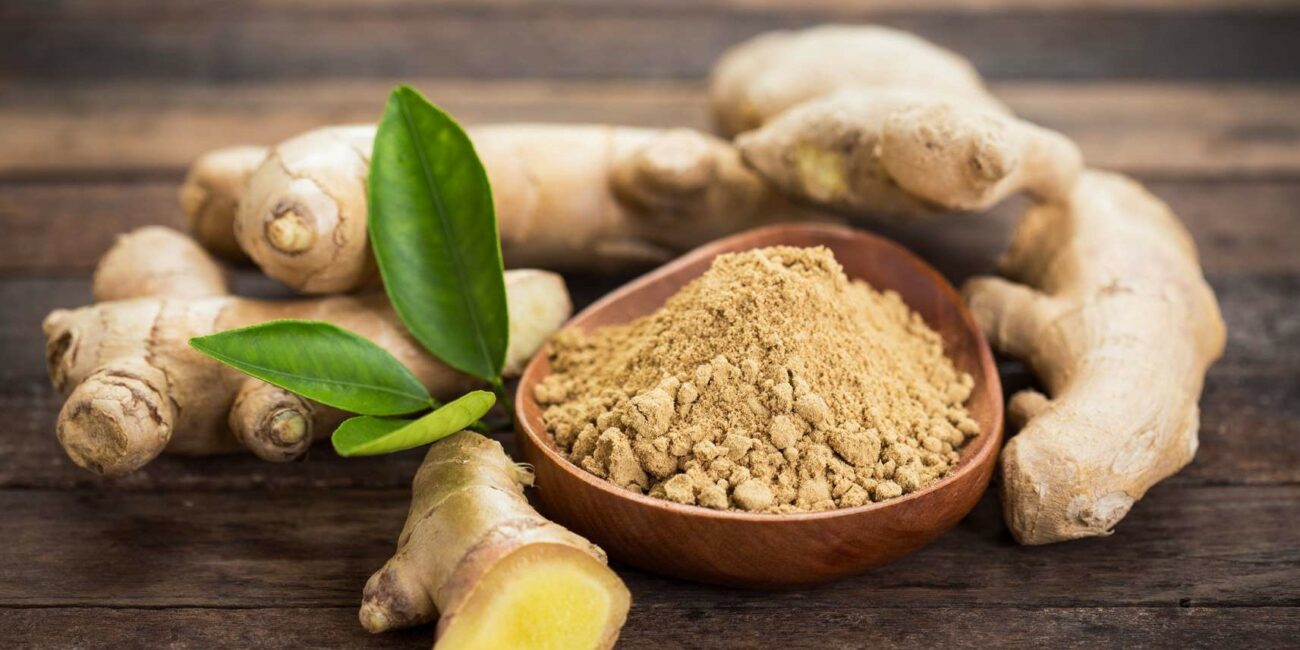
One of the most common terpenes found in cannabis, like myrcene and limonene, humulene or α-caryophyllene is found in large quantities in ginger, making it a popular choice for brewers to enhance the hoppy flavors of their beers. For those who appreciate this aroma, our White Widow.
Virtues: Very similar to all other terpenes in terms of benefits, it nevertheless has its own unique action as an appetite suppressant (anorexigenic).
Beta-Caryophyllene
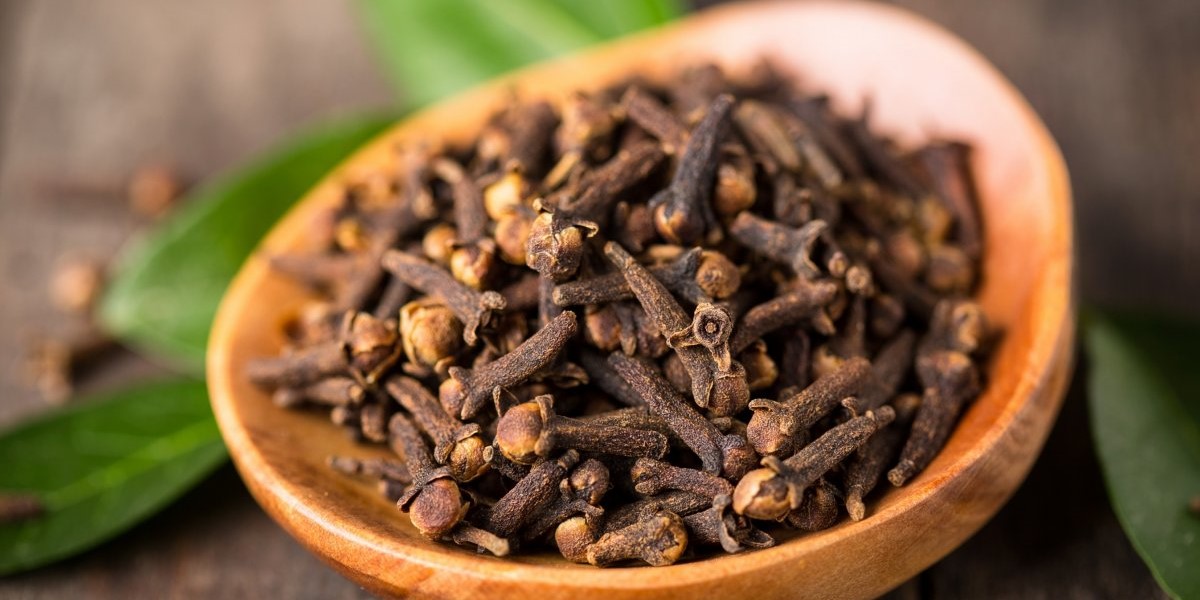
Quite similar to myrcene when dosed in small quantities, beta-caryophyllene is distinguished by its peppery notes, used by plants as a natural repellent. Found in cloves and pepper. It is often responsible for the woody, spicy notes of CBD varieties or hashish containing it, such as Afghan.
Virtues: This terpene has been extensively studied by scientists, and it appears that beta-cariophyllene has significant anti-cancer properties, reducing the growth and proliferation of many cancer cells. But its therapeutic activities don't stop there. It is also said to be cardioprotective, hepatoprotective, gastroprotective, neuroprotective, anti-inflammatory and immunodilatory. For all these reasons, it is one of the most important terpenes in cannabis.
How do I know if my CBD is rich in natural terpenes?
Terpenes are generally best preserved in 100% natural, organic farming. Healthy, regenerated soil provides the plant with more nutrients and enhances its development. Extraction methods are also crucial to the preservation of terpenes, cannabinoids and all the molecules naturally present in hemp. Broad-spectrum or full-spectrum extraction methods preserve the full quality of the plant and promote what is known as the "entourage effect". This theory is based on the idea that the different compounds in cannabis, including terpenes, work better together to produce a synergistic effect on certain pathologies.
The quality of an oil and the extent of its spectrum therefore depend to a large extent on the quality of its extraction method, but also on the origin of the plant, the richness of the soil and its cultivation method.Industrial producers generally opt for supercritical CO2 extraction, which is non-toxic, non-polluting and non-flammable, and enables products to be extracted to very high levels of purity.Today, this is the cleanest, most efficient and best-controlled industrial method for extracting CBD oils oils, preserving terpenes, phytocannabinoids, flavonoids, phytonutrients and cannabinoids.
Adding terpenes to CBD: Myth or reality?
We're now going to try to understand a practice that involves adding terpenes to CBD products. Many customers don't even know that the products they consume have been "terpenized". But what exactly does "terpenizing" mean?
The term "terpenicize" is a verb used to mean that a product - mainly flowers or hash - has had terpenes artificially added to it. In fact, some producers or retailers who want to obtain a weed-like smell with their CBD flowers flowers use this technique once the flowers have been debased. As we explained in a previous article previous articledestroys a good proportion of the terpenoids, depending on its intensity, which explains why this so-called terpenization technique is very common in the legal cannabis market, especially in France, where THC levels are limited to 0.3%.
Producers and suppliers regularly resort to this practice in order to enhance their discounted products, but this is invisible on cannabinoid analyses issued by specialized laboratories. And therein lies the problem. The fact that it is very difficult to detect the artificial addition of terpenes means that today, the lack of transparency in this area is almost alarming.
However, the addition of terpenes is not a bad thing. This process can be carried out with natural, quality products to enrich the final product, but it is important and even essential to inform the customer. Unfortunately, too few shops dare to talk about it. Whether due to a lack of knowledge or a deliberate omission, the result remains the same: the consumer doesn't know what he's consuming.
In reality, most shops don't even know they're selling "terpenized" products, so it's difficult for them to warn their customers. More and more shops claim to sell products that are free of additives and totally natural, but it's a fact that terpenized flowers are becoming more and more common on the market. If every shop claims not to sell flowers with added terpenes, where are all these flowers going? The answer is simple... to these same shops, but the growers are careful not to point this out. And very few shop managers have the knowledge to recognize a product that has undergone terpenization, preferring to say "oh, it smells strong". So there's a real taboo on the subject, and that's the sad part, because in the end, who is really affected by this lack of transparency? The consumer, as usual.
This taboo has become so widespread these days that many consumers think it's a practice to be totally outlawed, even though they're consuming and enjoying terpenized products. The very paroxysm of globalized denial. If nobody talks about it, then it doesn't exist, and reality becomes a myth!
The different ways of adding terpenes to CBD
We have identified four different terpene assemblages, enabling us to determine whether or not terpenization has been carried out qualitatively.
- Synthetic terpenes: As the name suggests, these are molecules recreated in the laboratory. The idea is to artificially create a pale imitation of the taste and smell of the original product. We therefore strongly advise against their use. Very chemical odor. May cause severe headaches.
- Uncertified profiles: These are used to reconstitute a specific aroma using natural terpenes from other plants. Unfortunately, the absence of certification means that it's impossible to know whether these terpenes come from quality products, so it's best to avoid them.
- Certified profiles: the same process, but this time certified and guaranteeing the natural origin of the terpenes. They present no risk to the body, but are far removed from the smell of mature CBD flowers. This is an interesting alternative for growers and consumers looking for a stronger taste. All terpenized products sold by 420 Green Road have been produced with certified profiles.
- Derivatives : This is the best known process to date, as the terpenes are derived directly from hemp and the aromas are faithfully reproduced. As the price is quite high (€15,000 to €20,000 per liter), it is rare to find this type of terpene on the market.
Should I buy flowers with added terpenes?
It all depends on individual taste. If the supplier tells you that his flowers have been terpenized, or that he sells a range of flowers "with terpenes", this is a first mark of confidence. In general, a CBD-based product with 0.3% THC cannot be 100% natural. Don't hesitate to ask: transparency is a guarantee of trust, but beware: taboo is pugnacious! Your nose is your best ally...
As to whether these flowers are right for you, you need to ask yourself whether you want to focus on the aromas or the authenticity of the product. Indeed, "terpenization" is not a natural process, even if it can be done with natural terpenes (certified/derived profiles). The same applies to food products, yoghurts and beverages... some industrial products are highly qualitative and respectful of the consumer, but use natural additives to accentuate flavors. Purists will want to consume 100% natural CBD - and we understand them perfectly - but the terpenes naturally present in the plant will inevitably have lost their intensity.
As always, consumers must be in control of what they consume, and no one can judge one good practice over another as long as transparency is total. Should we stigmatize people who like Mcdo rather than a home-made hamburger, or does individual freedom take precedence over everything else?

